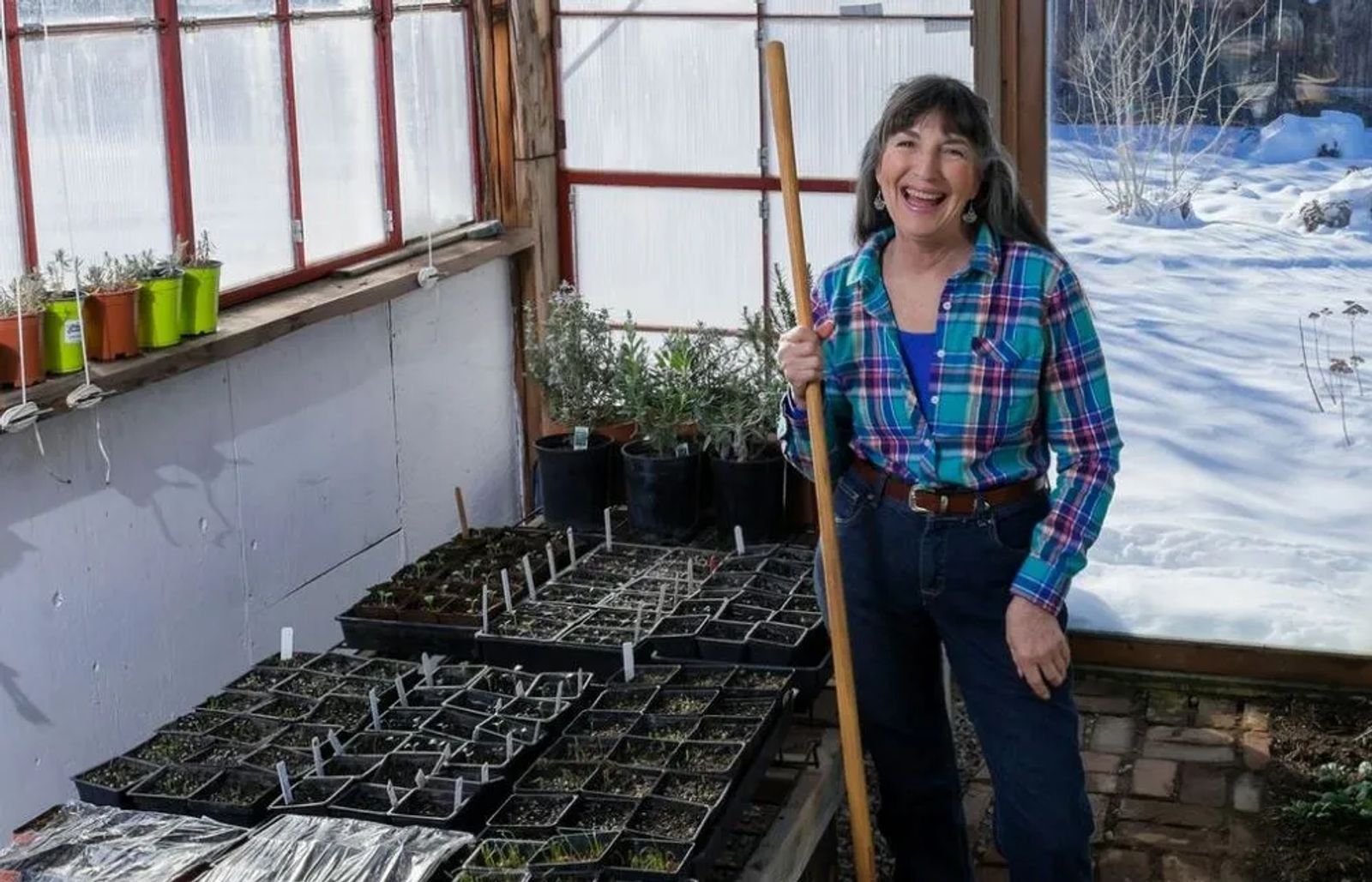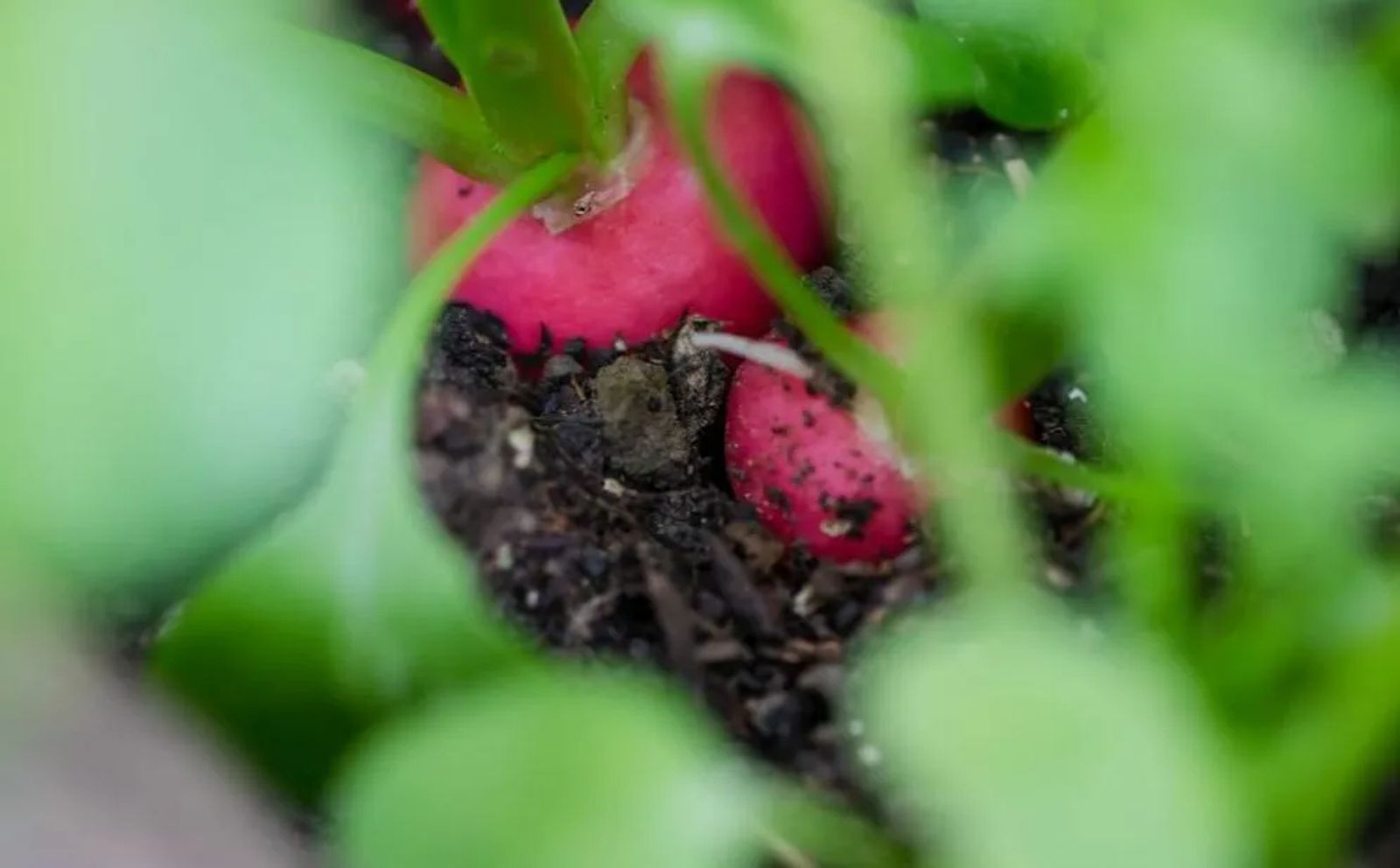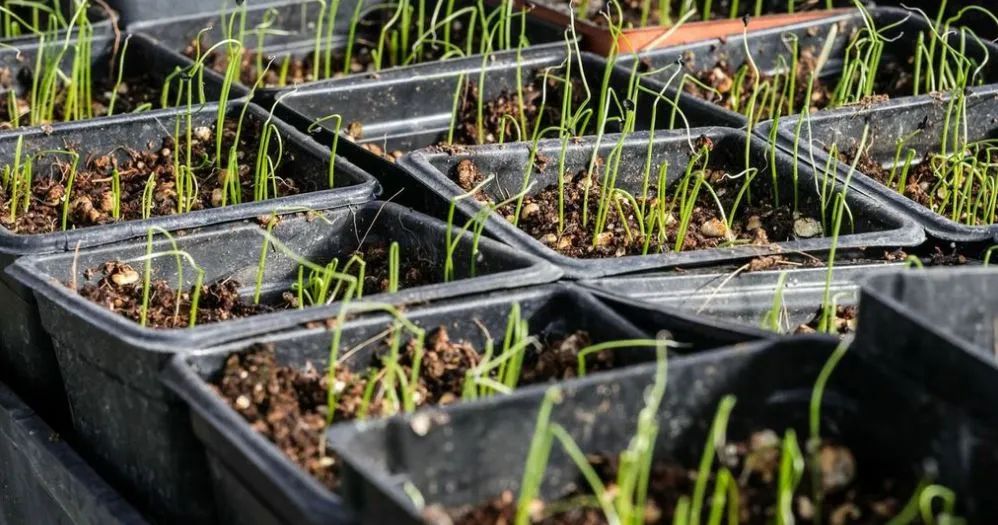
From the Ground Up
A Peek Inside Kate's Back Yard
In the warm days of early summer, fuchsia-hued radishes, ruffled lettuce and emerald green chard, fragrant tarragon and parsley dominate Kate Rossetto’s garden in Billings’ Heights. Tangy dill, aromatic basil, carrots and mild green onions soon follow. By July and August, Kate’s Garden is teeming with voluptuous red, yellow and green zebra-striped tomatoes, unusual squash, sweet melons and purple, satin skinned eggplant. Apples and pumpkins proliferate in late September, as if to defy the coming first frost.
Many women enjoy gardening in the fertile soils and moderate climate of the Yellowstone River valley. Few make their living at it. Kate does. Her latest venture, a business-based garden that subscribes to the tenets of Community Supported Agriculture (CSA), has evolved from her lifelong commitment to sustainable practices and a willingness to be “open to possibilities.”
Heirloom Memories
Kate will tell you she has no expectations of getting rich as a gardener.
“My passion for gardening goes much deeper than that. Growing fresh, vibrant food is my way of getting to know my neighbors, which helps build a stronger community. I love it,” she says. “I believe in ‘paying it forward.’ I help feed the world.”
Vivid family memories connect Kate to her garden. As a young girl in Red Lodge, she helped her grandfather tenderly nudge Romano beans from seeds he brought to America as an Italian immigrant. From an early age, Kate believed plants had innate qualities that were vital to human well-being.
Building on her belief that all life forms are connected, Kate trained as a Reiki practitioner during a decade in Hawaii. Reiki is a form of Japanese healing based in spirituality and restoration of life’s energy forces. Returning home to care for her aging mother, Kate started “Scents of Balance,” a line of hand-crafted, organic beauty and wellness products using pure essential oils and organic herbs she grew.
In 2000, Kate added seasonal vegetables and culinary herbs to her garden array. Her earliest customers were grocers and eateries who shared her pledge to sustainable practices and local food. By 2012, she was ready to explore the world of CSA.
“With CSA, we know where our food comes from,” Kate says.
This spring, as in past years, Kate will offer shares in her summer garden for a one-time fee. The arrangement allows Kate to set her plow knowing her fixed costs are covered. In return, her customers mark their calendars for weekly pick-ups between June and October.
The collaboration is a bit unusual. There’s an implicit agreement that some weeks may be more bountiful than others. There’s recognition that Mother Nature may interfere. Unusual or not, the CSA concept is a “growing” nationwide trend.
Kate prefers using the “old world quality” heirloom seeds that her Grandfather loved. Harder to come by, heirloom seed vegetables are often thin- skinned. Sometimes, they are oddly shaped or cracked.
“They aren’t bred to be pretty or travel distances without bruising,” Kate says. “But wow!” The taste is wonderful!”

Come Walk in My Garden
This summer will be my second year as a CSA subscriber. I will enter Kate’s Garden through a large cedar gate and walk a lavender-lined path of fine gravel, past rows of rhubarb and unruly beans strung up sun-bleached poles. Kate will be waiting inside a quirky shed at the back of her property, likely wearing a wide-brimmed straw hat that keeps her wavy, salt and pepper hair tucked away from her face. She’ll bear the radiant smile of a woman who’s proud of what she does. The week’s crop will be cleaned, sorted and neatly organized in baskets and boxes ready for me to pick and choose. Fragile greens will be kept cool in vintage refrigerators.
Renewing was an easy choice. Last summer, my grocery store visits dropped dramatically. I could forget my checkbook or debit card and it didn’t matter. I didn’t have to call ahead. I had fun using, sharing or and preserving before our next pick-up. My children were stunned by the sweetness of fresh, brightly colored watermelon. By season’s end, our freezer was stocked with tomatoes, shredded zucchini and sliced apples to carry us into winter.
“When I started, this whole place was just bare ground,” Kate tells me. She overhauled the soil with mulch and manure to minimize alkalinity and replenish depleted nutrients. “There was no fencing. There wasn’t a tree on the place.”
Kate’s one-of-a-kind shed amused me at every visit. “I did it as I could,” Kate says. Mostly recycled, it boasts a brick floor, multi-colored cabinets and countertops and reclaimed schoolhouse windows. The eco-friendly roof panels made to resist Montana’s extreme weather conditions are the only “new” in it.
Come summer, Kate will rise early to take advantage of the cool morning air. Walking through her garden rows, as the sun peeks over the eastern horizon, she’ll talk softly, maybe to her plants, maybe like her grandfather did, looking for signs left in the night. Is the deer fence knocked down? Have the aphids and cutworms come for a visit? Are the butterflies and the bees staying active? Are fungi beginning to grow because of too much water? Kate will bend down on one knee and place her steaming mug of hot tea on the thick mulch that creates the garden floor. Gently, she will crumble the loose dark soil in her fingers to check its moisture content. Then, her day begins.










